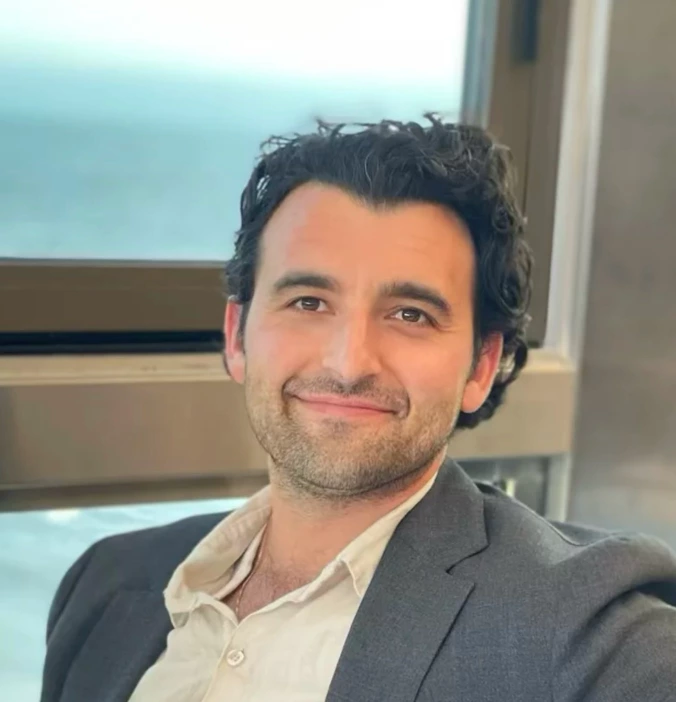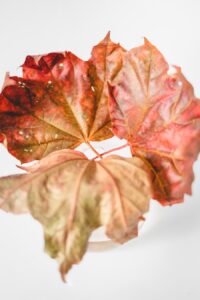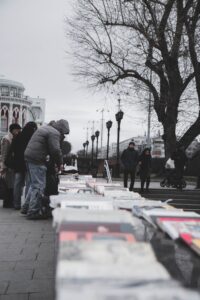When you hear the word map, what comes to mind? What do you picture and what expectations do you have? What in your life functions as a map, even though you may not call it that?
Maps neither invent territory nor are they an entirely faithful representation of territory. They express territory by representing landmarks of content in relation to one another. When understood in context, these landmarks and their interconnectedness become their own shared language.
Time is a physical reality. Whereas, the invention of the clock is an example of social reality. Similarly, the fact that it takes the Earth 365 days to travel around the sun is a physical reality; whereas, the invention of the calendar is an example of social reality.
Our uniquely human ability to compress a lot of data into abstract summaries of concepts that can take on a variety of different meanings depending on context is what creates social reality. Maps represent the permeable nature between physical reality and social reality.
The sun is a physical reality that tells time; however, it does not do it as categorically, concretely, or directionally as well as the analog clock does. In order to get the analog clock, we first had to create the sun dial. This progression from using the sun to tell time, to then using the sun dial, to, eventually, the invention of the analog clock, shows the iterative nature of map making and how physical reality through the medium of maps becomes a social reality.
Hence, not only does the analog clock map the passage of time, but it also maps a shared understanding of spatial orientation. For example, we know what it means to have our hands at ten and two on the steering wheel. We know what it means to watch someone’s six. And we know what it means to move clockwise or counterclockwise.
To be able to tell time is to understand and apply more than one type of language, and this is the power of maps. Maps quite literally and figuratively help us to navigate our existence through time and space. The more aware you are of this, the more armed you will be to utilize, create, and combine different types of maps to learn and lead more efficiently and effectively.




